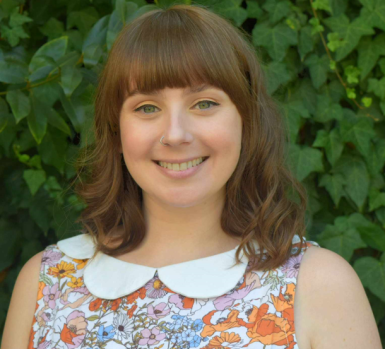Alongside the re-election of the Albanese government, history was made – women now make up 49.1 per cent of federal parliamentarians, nearly equal to men.
This places Australia’s parliament near the top of the global rankings for gender parity. “It’s fantastic to see and it puts us in the top ten in the world,” says Blair Williams – a lecturer in Australian politics at Monash University.
As recently as 2021, the Inter-Parliamentary Union ranked Australia 73rd out of 193 countries for women in ministerial positions in national parliaments. Before the election, Australia ranked equal 33. The 2025 influx of women into Australia’s 48th parliament should see the ranking rise to equal seventh place.

“It’s great to see us getting there and it’s all thanks to the Labor party because it’s on that side of politics we’re seeing that happen.” Indeed, Prime Minister Anthony Albanese has appointed more women to federal cabinet than men – 12 in total – another parliamentary record.
So, has gender equality been achieved in Parliament House? “No. But it’s a good step,” says Williams. Speaking to GN, she adds, “You can’t overlook the fact that the Labor party leader, deputy leader and the treasurer are all men.”
But Williams hopes that an almost equal number of women in parliament will lead to more substantive representation, “such as a policy focus on women’s issues”.
Another milestone was reached when – for the first time in its 80-year history – the Liberal party elected Sussan Ley its first woman leader. “It’s been a long time coming,” says Williams. “It’s just a shame it had to happen during their worst crisis since the inception of the party. It’s going to be a very difficult job for her.”
Williams tells GN while Ley’s appointment can be perceived as an attempt to address the Liberals’ so-called woman problem “it wouldn’t have been great optics if she had been overlooked – it’s damned if you do, damned if you don’t.”
The Liberal party missed an opportunity by failing to elect Julie Bishop leader in 2018, says Williams. “It’s a shame it didn’t happen then on more positive ground.”
The Labor party shows that quotas work
While the Liberals may have a female leader, with 38 men and 21 women in parliament they are still very much a male-dominated party. If the Liberal party is truly serious about shedding its “toxic, blokey” image, Williams says more change needs to happen.
She tells GN the Liberals should introduce preselection quotas – something Labor did more than 30 years ago. “The Labor party shows that quotas work. It’s a question of merit. Is the system [the Liberals] have meritorious and, if not, how can you install quotas to fix that.”
Although the new parliament is positive for women in terms of representation, it’s lacking in diversity, says Williams. “We see one less Indigenous politician. We see fewer LGBTQ+ politicians. And barely any openly disabled politicians.”
There also exists an age disparity, she adds. “Despite the election being the first time millennials and Gen Z have out-voted boomers, there aren’t that many of them in politics – especially those under 35, which is not great in terms of representing the youth vote and youth issues.”
That said, as Williams points out, this week saw 21-year-old South Australian Charlotte Walker become the nation’s youngest-ever senator. “More young faces in politics is always great.”




Leave a Reply